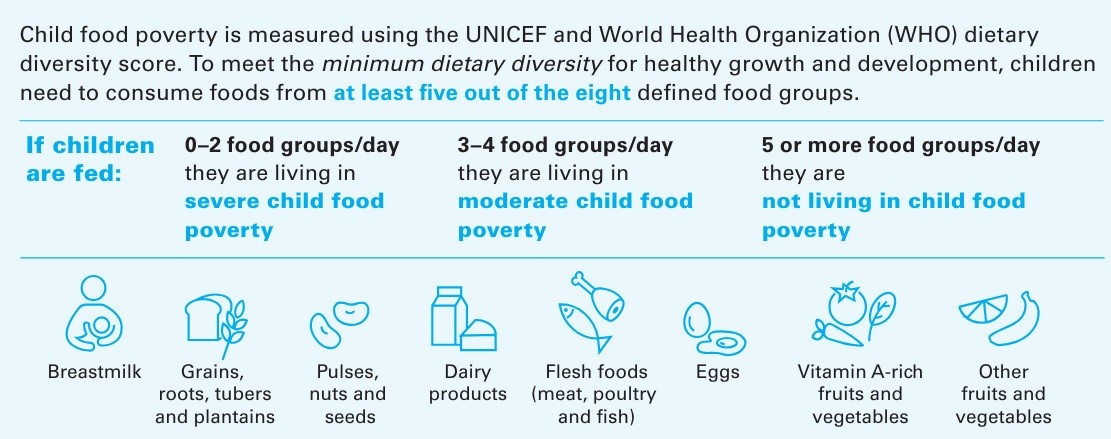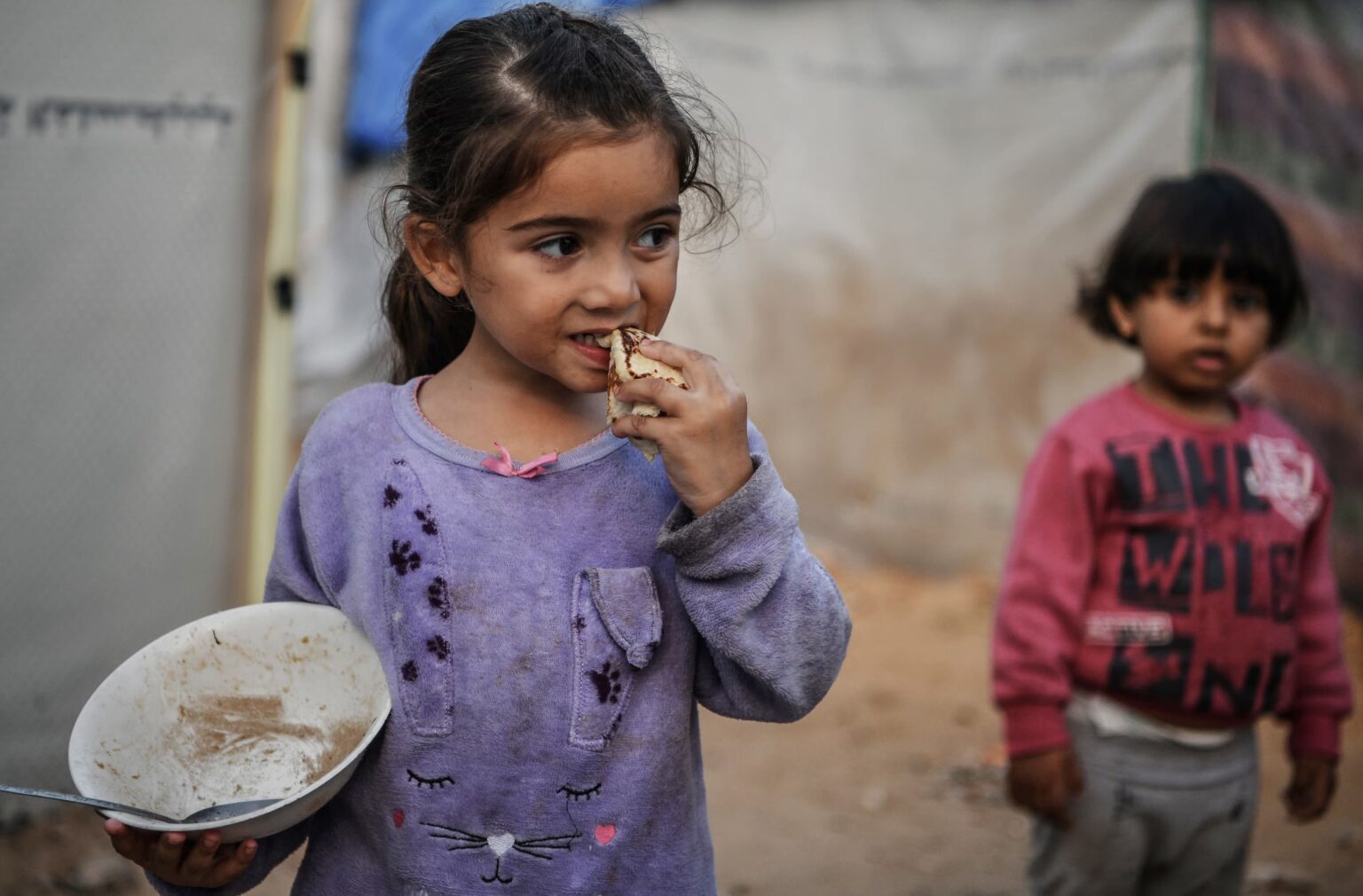Around the world, 181 million children under five suffer from extreme food poverty, according to the Child Nutrition Report 2024. Of them, 65% are from Pakistan, Bangladesh, Afghanistan, China, and India. They are also widely distributed throughout sub-Saharan Africa. Two out of every three kids experience food poverty. Severe food poverty affects one in four people, with 40% of children in India being afflicted.
The primary cause of the nutrition deficit, which affects both poor and non-poor households, is household poverty. Malnutrition is not usually the result of bad meals.The situation is further complicated by inadequate feeding procedures and feeding surroundings. Child food poverty is defined by Unicef as the incapacity of young children to get and eat a varied and nourishing diet throughout their first five years of life.

Source: Insight IAS
The analysis highlights a crucial point: children’s nutritional health is not primarily determined by parental wealth. It claims that households with comparatively higher incomes are home to more than half of the children who suffer from severe food poverty. 54% of impacted children live in households with incomes above the poverty line, compared to 46% who reside in impoverished households.
Nutrition deprivation is a result of inexpensive, unhealthy foods, poor feeding methods, and unhygienic feeding environments. Conflicts, climatic issues, and economic inequality make the situation worse.Many people cannot afford nutrient-dense diet due to high food prices.
Source: UNICEF
According to the study, youngsters who only eat two food types a day—such as rice and milk—have a 50% higher risk of suffering from a severe nutritional deficit. It suggests consuming five of the eight major dietary groups—fruits and vegetables high in vitamin A, grains and roots, eggs, dairy products, meat and fish, pulses, and seeds—daily. It is necessary to spread awareness of these recommendations so that every family understands the value of eating a varied diet. India faces two difficulties.
To guarantee that families and children have access to food, the issues of poverty must be addressed first. Basic food is not readily available enough to meet nutritional needs. Numerous government initiatives aimed at pregnant women, young children, and the underprivileged have failed to adequately nourish the poor. Teaching the wealthier segments of society how to give their kids a healthy diet is the second challenge. This is significant because, in many families, nutrition deficiencies are caused more by a lack of knowledge than by a lack of resources.
What do you think about this? Comment below.

